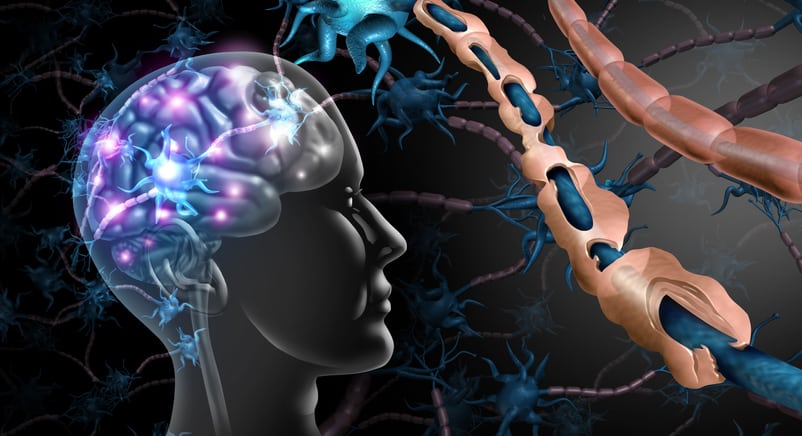Ten kilohertz spinal cord stimulation (SCS) is usually initiated in a single-bipolar configuration over the radiological reference point T9/T10 intervertebral disc space for neuropathic back and leg pain. Cascade is a duty-cycled, multi-bipolar contact configuration across an entire eight-contact lead. Potential advantages by using a broader area of SCS coverage include mitigation against minor lead migration and a reduction in the need for reprogramming. We report here the results of a retrospective case series of 114 patients using Cascade.
Retrospective data were collected over two years. We selected patients with neuropathic back with or without/leg pain who had a trial of SCS. Pain assessments using Numerical Rating Scales (NRS) and Patient Global Impression of Change (PGIC) scores were collected at baseline, six months, and last follow-up beyond 12 months (mean 15.1 months). Patients were programmed with 10 kHz SCS using Cascade during the trial, which was continued unless reporting inadequate pain relief. Morbidity and deviations from Cascade programming were also obtained.
At six months, 87 of 97 (90.6%) patients with active devices were using Cascade and 58 of 72 (81%) patients at the last follow-up >12 months. There was a significant reduction in back NRS (8.3 vs. 3.9 [p < 0.0001], N = 97) and leg pain (7.53 vs. 3.83 [p 12 months back (8.3 vs. 3.95 [p < 0.0001] N = 72), leg (7.53 vs. 3.534 [p < 0.0001], N = 58). The PGIC score was 6 of 7 or all of 7 in 72% of patients (70/97) at six months and in 68% (49/72) of patients at the last follow-up beyond 12 months.
Cascade is an effective programming methodology that may have benefits over a single-bipole configuration for 10 kHz SCS, particularly during a trial of stimulation. Results from this study suggest it is a durable program for patients with neuropathic back and leg pain.
© 2020 International Neuromodulation Society.
Cascade Programming for 10 kHz Spinal Cord Stimulation: A Single Center Case Series of 114 Patients With Neuropathic Back and Leg Pain.


